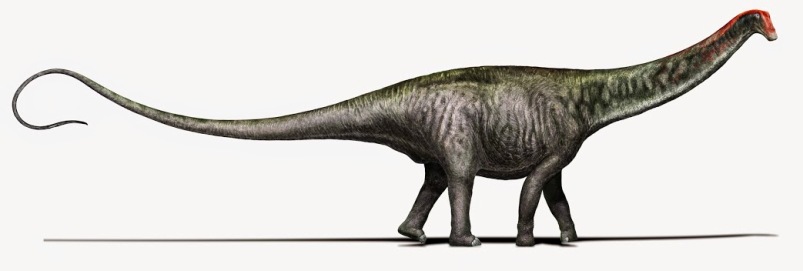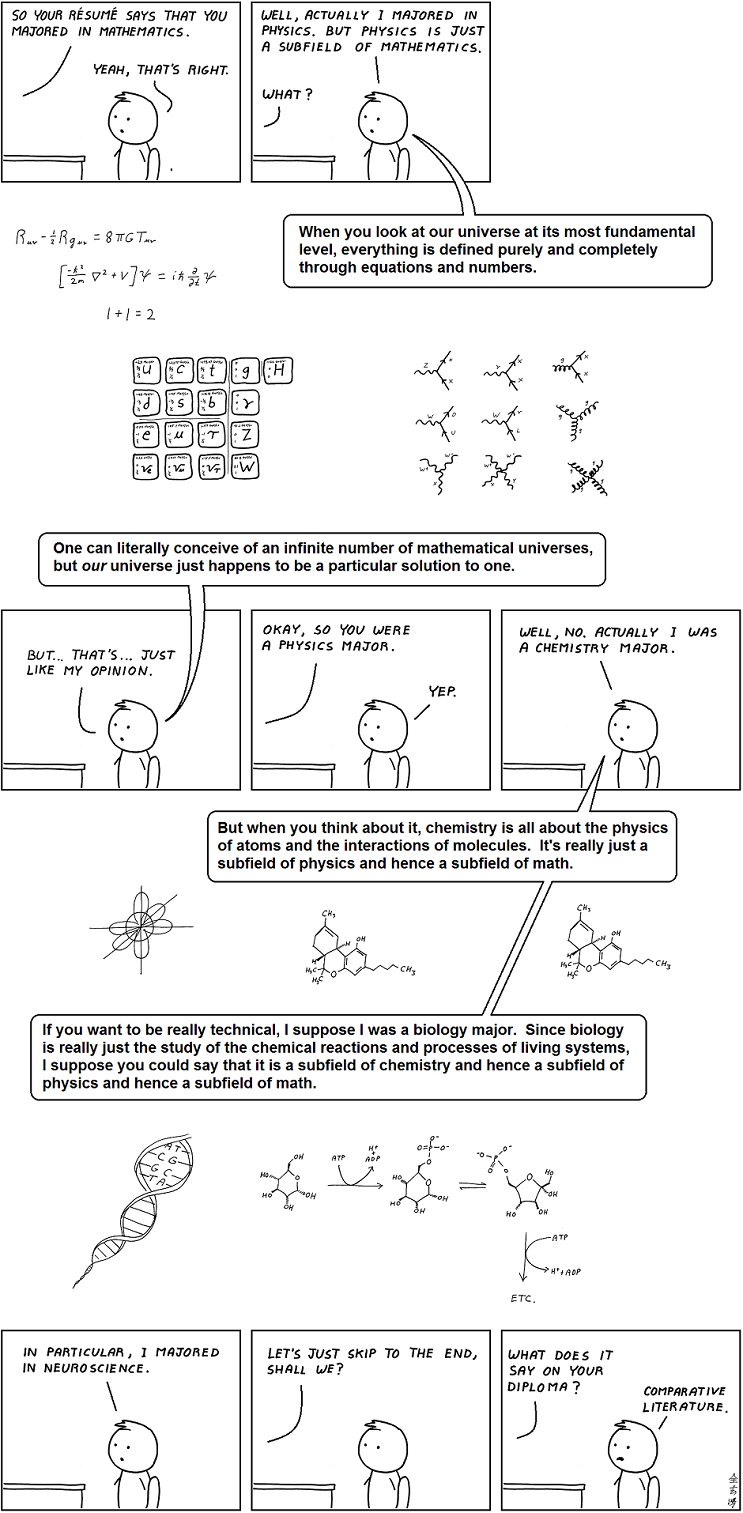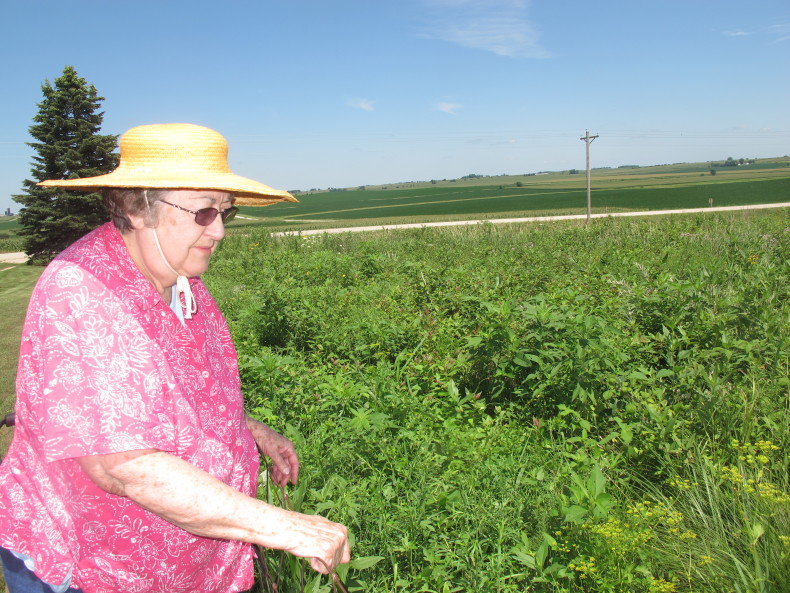
During a total eclipse of the sun, the landscape darkens. But you knew that. What you might not know—what I didn’t know, anyway, when I observed a total solar eclipse on August 11, 1999—is that the experience comes with a lot of other sensory overload.
I found myself thinking about that total eclipse while reading about the one that was visible last month—visible, that is, if you were among the few eyewitnesses in the high northern latitudes of the Atlantic Ocean. In 1999, though, the path of totality cut across the heart of Europe and the abdomen of Asia, ranking it among the most-watched total eclipses of the sun in human history. I myself saw it from the deck of a cruise ship in the Black Sea, courtesy of a magazine that paid all expenses—round-trip air to Athens, cruise passage, ground transportation—in exchange for an 800-word article. (Plus the fee for writing the article.) (Those were the days.) While I clearly remember the sight of the moon’s disk slipping in front of the sun’s—somewhere I have a tape recording of my on-the-scene musings, which, as I recall, consisted mostly of “Wow”s—I also can conjure, just as vividly, memories of what I didn’t expect. Continue reading
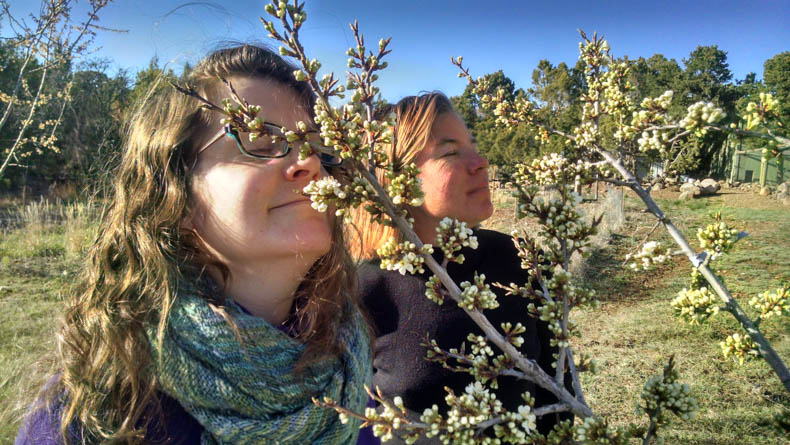
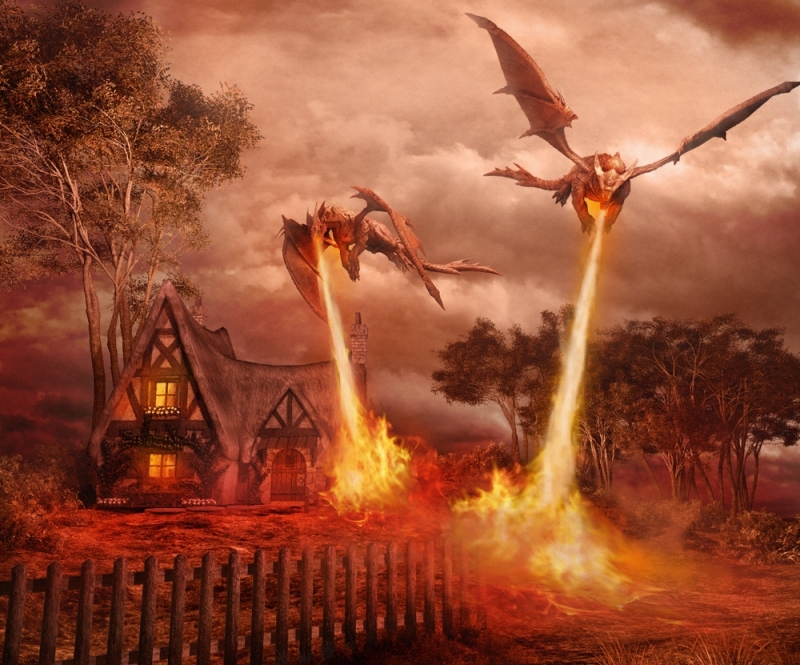
 April 6 – 10
April 6 – 10